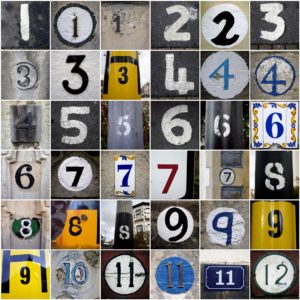 May is here but it is still spring in the Pacific Northwest.
May is here but it is still spring in the Pacific Northwest.
The month of May is characterized by rising daily high temperatures but continuous wet weather in our area could prevent the bees from foraging and force them to eat the stores they have built up. Refer to the April calendar regarding methods and timing of when to feed 1:1 syrup.
Pollen will be found in dandelions, pussy willow, flowering quince, tulip tree, and various fruit trees. Nectar sources of interest in May will be clover, blueberry and huckleberry, wild geranium, Hawthorne, and Black Locust. Flowers don’t produce nectar until the pollen is mature so bees have contact with pollen for a long time. Pollen grains have a slight negative charge and bees have a slight positive charge so the thousands of multibranched hairs on a bee easily collect the pollen. The forager cleans most of the pollen out of their hair using their legs and carries the pollen home packed in their pollen baskets called corbiculae. Pollen is the only source of protein, starch, fat, vitamins, and minerals in a colony’s diet.
On warm days, begin regular checks for new eggs, brood pattern, population level, and swarm cells. Sealed brood should be compact and at the bottom half of the frame. If there are many open cells perhaps the queen’s eggs are not viable or the larvae were pulled out. Ideally the ratio of eggs to open larvae to capped brood should be1:2:4 This means that there are twice as many larvae as eggs and four times as many capped brood as eggs. It indicates the queen is laying continuously and the bees are of sufficient numbers to incubate the eggs.* Continue to monitor for signs of swarming. Try to deter swarming by reducing crowding in the brood nest.
All medications except non-terramycin grease patties should be removed by mid-May (or prior to any nectar flow) if you intend to collect honey for human consumption. If colonies are of sufficient strength, add honey supers two weeks in advance of the blackberry nectar flow which is usually in June/July, but all reports say the flow will be 2 or 3 weeks early for 2015. If you are interested in splitting hives read up on this (or take PSBA’s class on hive splits and queen rearing) and do your splitting during the blackberry flow.
Bee Facts:
- It will take 1-500 flowers to gather a full load of nectar depending on the kind of flower and nectar/pollen production.*2
- In one trip, a honey bee can visit about 75 and up to 3000 flowers.
- A bee spends 5-150 minutes/trip.
*Statistic source is from “The Beekeeper’sHandbook” by Samataro and Avitabile